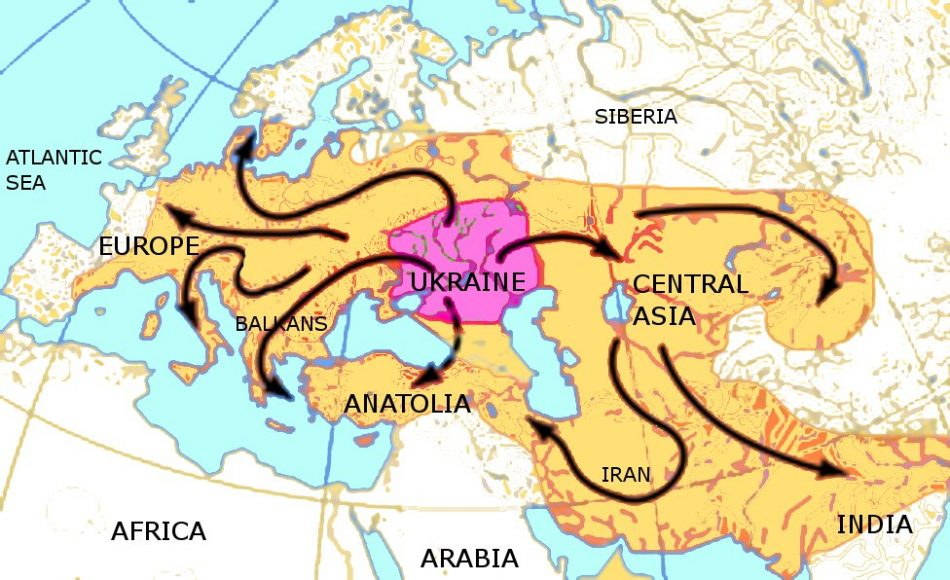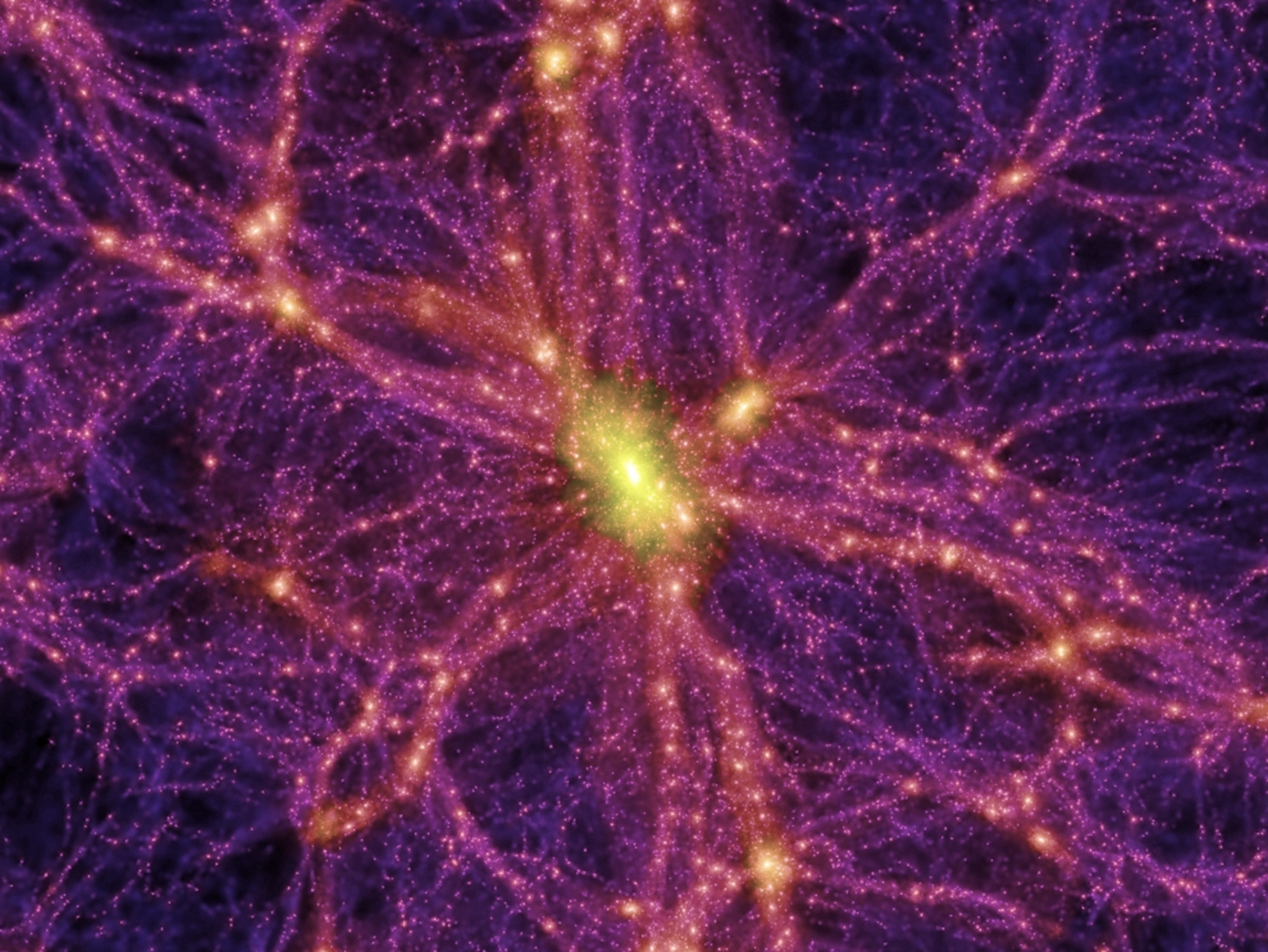The origins of the Indo-European languages, a vast family comprising over 400 languages spoken by nearly 40% of the world’s population, have long intrigued linguists and historians alike. Recent groundbreaking research has shed light on their roots, pinpointing the ancestral speakers to the Caucasus Lower Volga region of present-day Russia about 6,500 years ago. Through a combination of linguistic analysis and DNA evidence, scholars have linked these early linguistic pioneers to the Yamnaya people, known for their remarkable migration patterns and cultural exchanges. The findings not only clarify the geographical origins of the Indo-European language family but also illuminate the intricate relationships between ancient populations. As we delve deeper into this riveting puzzle, the role of these early speakers in shaping human communication becomes increasingly significant.
Exploring the ancestral branches of the Indo-European linguistic family reveals a complex tapestry of migration and cultural exchange. This language group, which encompasses a variety of tongues, including Latin, Greek, and Sanskrit, has its roots intertwined with ancient populations in regions such as the Caucasus and the Lower Volga. Recent discoveries highlight the significance of DNA evidence and archaeological findings in tracing the movements of these early languages and their speakers. Understanding the connections among the Yamnaya people and their descendants offers invaluable insights into how these languages spread across continents. As researchers continue to unearth new evidence, the story of our linguistic ancestry becomes clearer, emphasizing the importance of collaboration among experts in genetics, archaeology, and linguistics.
Understanding the Origins of the Indo-European Language Family
The Indo-European language family, a vast group of languages spoken by approximately 40% of the world’s population today, has captivated linguists and researchers for centuries. Recent studies have traced the origins of this language group back to the Caucasus region and the Lower Volga River. Scholars have uncovered fascinating clues that illuminate the lives of the people who spoke these early languages around 6,500 years ago. This pivotal point in history marks the beginning of a linguistic evolution that has shaped modern communication and culture across continents.
Through rigorous research, genetic evidence has confirmed that the ancestral speakers of the Indo-European languages were part of a larger cultural tapestry. The studies provide insights into how these early populations intermingled with neighboring groups, laying the foundation for the rich linguistic diversity we observe today. The connection to the Yamnaya people and their migration patterns further highlights the intricate relationship between culture and language development, presenting a broader picture of human history.
The Role of the Yamnaya People in Language Evolution
Crossing the steppes of Eurasia, the Yamnaya people were not merely nomadic pastoralists; they were pioneers in harnessing the resources of their environment which substantially contributed to the spread of Indo-European languages. Their innovative lifestyle, characterized by horseback riding and oxen-drawn transportation, greatly enhanced their mobility and allowed them to influence a wide range of territories. As they migrated, they carried with them not only their livestock and goods but also their language and cultural practices.
This unique blend of biology and linguistics has drawn the attention of scientists, who have connected advancements in analytical technology with linguistic studies. As the Yamnaya people settled and interacted with local populations across Europe, they facilitated a significant shift in linguistic patterns, leading to the evolution of several modern languages from their proto-Indo-European roots. Their impact is evident in the remnants of their burial practices and the words that survive in contemporary languages.
DNA Evidence and Linguistic Reconstruction
The intersection of DNA evidence and linguistic reconstruction is one of the most groundbreaking aspects of modern research into Indo-European languages. Advanced genetic analyses have uncovered genealogical links between ancient populations and contemporary speakers of Indo-European languages. Researchers have meticulously sifted through ancient DNA samples to map out the genetic relationships that corroborate linguistic theories pertaining to migration and cultural exchange.
These genetic findings provide robust evidence for the theories around the dispersal of the Yamnaya people from their homeland in the steppes into Europe and Asia. By establishing a genetic framework, scientists have been able to better understand the demography of early Indo-European speakers and their complex interactions with other cultures. This synthesis of genetics and linguistics allows for a more nuanced comprehension of how language has evolved in tandem with human movement and settlement.
Cultural Practices of the Caucasus Lower Volga People
The Caucasus Lower Volga people, identified as the original speakers of the ancestral Indo-European language, exhibited unique cultural practices that reflected their environment and societal structure. Archaeological evidence reveals that these early groups shared customs concerning burial rituals and societal organization, influencing subsequent cultures in the region, including the Yamnaya. Their burial mounds, known as kurgans, serve as significant historical insights into their social hierarchies and community values.
These cultural traditions did not merely fade but were integrated and transformed as the Yamnaya and other neighboring tribes migrated and interacted. The continuity in some practices suggests a shared heritage that crossed linguistic and geographical boundaries, enriching the tapestry of Indoeuropean history. Understanding these cultural dynamics is crucial for comprehending how language serves as a vessel for cultural identity and continuity.
The Steppe Hypothesis and Its Significance
The steppe hypothesis has long been a prominent explanation among scholars regarding the origins of Indo-European languages. This theory posits that the initial proto-Indo-European speakers resided in the vast grasslands of the Eurasian steppes, and their subsequent migrations played a pivotal role in the dispersal of their languages. Notably, the Yamnaya people have emerged as central figures within this framework, owing to their mobility and cultural innovations.
As researchers delved deeper into this hypothesis, correlations between linguistic similarities and genetic data have further validated the notion of a common ancestry among various Indo-European languages. The evidence points to a profound intermingling of cultures as they spread from their steppes of origin to far-reaching territories, including regions of India and Europe. This synthesis of linguistic evolution and migration patterns remains a crucial area of study, revealing the intricate historical pathways of humanity.
Insights from Ancient DNA Science
The advent of ancient DNA science has revolutionized our understanding of human history and linguistic development. By analyzing ancient genetic material, researchers have been able to reconstruct family trees that trace the lineage of Indo-European language speakers, including those of the Caucasus Lower Volga and Yamnaya people. This genetic framework allows scholars to elucidate the relationships between ancient populations and their languages, making significant contributions to the field of historical linguistics.
Furthermore, these studies highlight the incredible complexities involved in migrations that shaped both genetic and linguistic landscapes. Each new finding amplifies our knowledge of how ancient people lived, interacted, and passed on their languages, offering a clearer picture of humanity’s shared heritage. As researchers continue to employ cutting-edge techniques in DNA analysis, we move closer to unraveling the deep connections that bind Indo-European languages to their ancient origins.
Challenges in Contemporary Linguistic Research
While the progress in understanding the origins of Indo-European languages is promising, contemporary researchers face numerous challenges, particularly in conducting collaborative studies amid geopolitical tensions. The conflict between Russia and Ukraine has resulted in hurdles for scholars working together to glean insights from archaeological findings and genetic data from these regions. Researchers from both nations are striving to maintain academic rigor and transparency in their work despite the political landscape.
Navigating these challenges is critical as the historical significance of the Yamnaya and Caucasus Lower Volga people’s linguistic and genetic contributions is paramount in understanding modern language structures. By fostering collaborations that transcend wartime divisions, researchers can enhance the comprehensive narrative of humanity’s past and the evolution of languages. This ongoing endeavor illustrates the resilience of the scientific community in the face of substantial obstacles.
The Future of Indo-European Language Studies
Looking ahead, the future of studies into Indo-European languages promises to be enriched by ongoing advancements in both genetic technologies and computational linguistics. Researchers are increasingly recognizing the importance of interdisciplinary approaches, merging insights from archaeology, genetics, and linguistics to provide a holistic view of language origins and development. Such innovations offer the potential to uncover more about how ancient languages have influenced modern linguistic landscapes.
As the fields of genetic science and linguistics continue to evolve, there is much anticipation for what new discoveries will unfold. The integration of tools like machine learning and large-scale genomic analysis heralds a new era of understanding how languages spread and adapt. Researchers remain committed to piecing together the puzzle of Indo-European language origins, aiming to chart the rich tapestry of human history woven through language.
The Interplay Between Language and Identity
The exploration of Indo-European languages also raises compelling questions about the interplay between language and cultural identity. Language is not merely a tool for communication; it is deeply intertwined with cultural expressions, traditions, and societal structures. The linguistic shifts that occurred as the Yamnaya and Caucasus Lower Volga peoples migrated are reflective of broader processes of identity formation and interaction with neighboring cultures.
As new languages emerged from the initial proto-Indo-European roots, distinct cultural identities also took shape among the groups that adopted these languages. Understanding this relationship between language and identity illuminates the complexities of human societies and their dynamic histories. Ongoing studies will continue to investigate how language reflects the ebb and flow of cultural influence and identity across generations.
Frequently Asked Questions
What are the origins of the Indo-European languages?
The origins of the Indo-European languages can be traced back to the Caucasus Lower Volga people, who lived in what is now Russia about 6,500 years ago. Recent DNA evidence has identified this group as the ancestors of the nearly 400 languages within the Indo-European language family, marking them as key linguistic pioneers.
Who were the Yamnaya people and what is their significance in Indo-European languages origins?
The Yamnaya people, emerging from the steppes north of the Black Sea, are significant for their role in the spread of Indo-European languages around 5,000 years ago. They were nomadic pastoralists known for their innovative herding practices and are considered pivotal in the diffusion of proto-Indo-European language across Europe and beyond.
What role does DNA evidence play in understanding the origins of the Indo-European language family?
DNA evidence plays a crucial role in understanding the origins of the Indo-European language family by providing insights into the genetic makeup of ancient populations. Studies have revealed the intermingling of the Caucasus Lower Volga people and the Yamnaya, linking their genetic ancestry and cultural practices to the spread of Indo-European languages.
How did the Caucasus Lower Volga people contribute to the spread of Indo-European languages?
The Caucasus Lower Volga people contributed to the spread of Indo-European languages through their interactions with neighboring groups and migration to various regions. Their practices and cultural traditions laid the foundation for the early linguistic patterns that eventually evolved into the diverse languages within the Indo-European family.
What is the steppe hypothesis regarding Indo-European languages origins?
The steppe hypothesis posits that the origins of Indo-European languages are rooted in the Eurasian steppe, where speakers of the ancestral Indo-European language resided. This hypothesis has been supported by archaeological and linguistic evidence linking these speakers, particularly the Yamnaya people, to the geographic spread of languages across Europe and Asia.
How does the study of ancient DNA help in tracing Indo-European languages?
The study of ancient DNA helps trace Indo-European languages by revealing the genetic relationships between ancient populations, such as the Caucasus Lower Volga people and their descendants. This genetic data allows researchers to understand migration patterns and interactions among groups, enhancing our knowledge of how languages spread.
What were the cultural practices of the Yamnaya people related to Indo-European languages origins?
The Yamnaya people exhibited cultural practices, such as herding and burial traditions, that are linked to the origins of Indo-European languages. They buried their dead in kurgans, which reflects a continuity of tradition from their predecessors in the Caucasus region, enhancing our understanding of their societal structures and linguistic heritage.
What challenges do researchers face when studying Indo-European languages origins?
Researchers face challenges such as regional conflicts, which can hinder collaboration and data sharing among scholars from different countries. Additionally, the complexities of linguistic divergence over millennia complicate the reconstruction of the Indo-European language origins and the relationships among ancient populations.
| Key Points | Details |
|---|---|
| Origin of Indo-European Languages | Research identifies the Caucasus Lower Volga people as the original speakers of the languages, living in Russia around 6,500 years ago. |
| DNA Evidence | The studies show that the originators existed during the Eneolithic period and spread across the Eurasian steppe. |
| The Steppe Hypothesis | Proposed in the 19th century, it suggests that Indo-European languages originated from the Eurasian steppe. |
| Role of the Yamnaya People | The Yamnaya were nomadic pastoralists who expanded their language and culture across Europe and into the Indian subcontinent. |
| Cultural Traditions | Both the Caucasus Lower Volga and Yamnaya peoples shared cultural traits such as burial traditions in kurgans. |
| Collaborative Research | The studies involve geneticists, linguists, and archaeologists working together to uncover the history of Indo-European languages. |
| Impact of Conflict | The ongoing Russia-Ukraine conflict has complicated research collaboration and findings. |
| Future Implications | This research provides a unified genetic picture of all Indo-European languages, leading to potential new insights. |
Summary
Indo-European languages origins have been illuminated by groundbreaking studies conducted by researchers who have traced the ancestral roots of these languages to the Caucasus Lower Volga people in present-day Russia. These findings not only highlight the profound historical significance of the region but also reveal the complex genetic and cultural interrelations that shaped the linguistic landscape of a significant portion of the world’s population. By understanding these origins, we can gain valuable insights into human migration, cultural evolution, and the shared heritage encapsulated within the languages spoken today.



